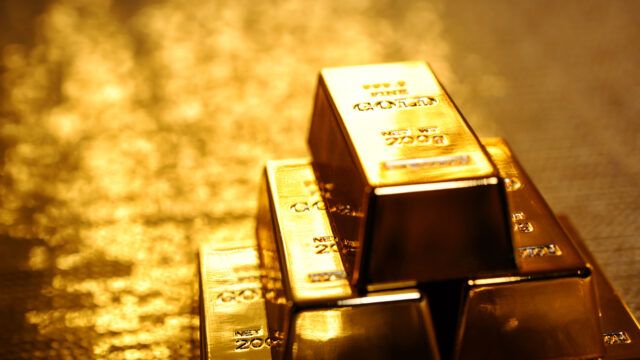Gold has proven to be a reliable investment so far this year, despite falling demand in more recent months.
Although the commodity was down 8% year-on-year to 948t in the second quarter, the World Gold Council’s (WGC’s) latest trends report shows that strong ETF inflows in the first three months of 2022 have led to an overall increase of 12% for the first half of the year, compared with the same period in 2021.
“In the first half of 2022, the global gold market was supported by macroeconomic factors such as rampant inflation and geopolitical uncertainty, but it also faced headwinds from rising interest rates coupled with an almost unprecedented surge in the value of the US dollar,” said Louise Street, senior analyst for EMEA at the WGC.
“While we have seen prices ease from exceptionally high levels in Q1, gold has been one of the best performing assets so far this year,” she added.
A mixed quarter
After an initial rally in April amid geopolitical risks and rising inflationary pressure, the WGC report highlighted the fall in the gold price as investors shifted focus to rapidly rising interest rates and a notably strong US dollar.
The 6% decline in the gold price over the quarter impacted gold ETFs, which saw outflows of 39t over the three months, said the report.
Yet net inflows for the first half of the year hit 234t in total, well above the 127t of outflows in the same period in 2021.
Meanwhile, demand for gold bars and coins remained stable year-on-year at 245t in the second quarter. India, the Middle East and Turkey were key drivers of growth, balancing the weakness in Chinese demand.
In terms of sources of appetite, central banks were net buyers in the second quarter, with official reserves growing by 180t globally.
Uncertain sentiment
The WGC believes the second quarter performance overall sets a weaker tone for ETFs for the rest of the year.
This is based on a potentially softening inflation outlook amid continued rate rises, it explained.
“Looking ahead, we see both threats and opportunities for gold in H2 2022,” Street said.
She believes safe haven demand will likely continue to support gold investment, but further monetary tightening and continued dollar strength may pose headwinds.
“As many countries face economic weakness and the cost-of-living crises continues to squeeze spending, consumer driven demand will likely soften, although there should be pockets of strength,” she added.



![Despite headwinds, ESG continues to perform iStock-1186178292_1920x1080[38]](https://s34456.pcdn.co/wp-content/uploads/2021/08/iStock-1186178292_1920x108038-156x111.png)













